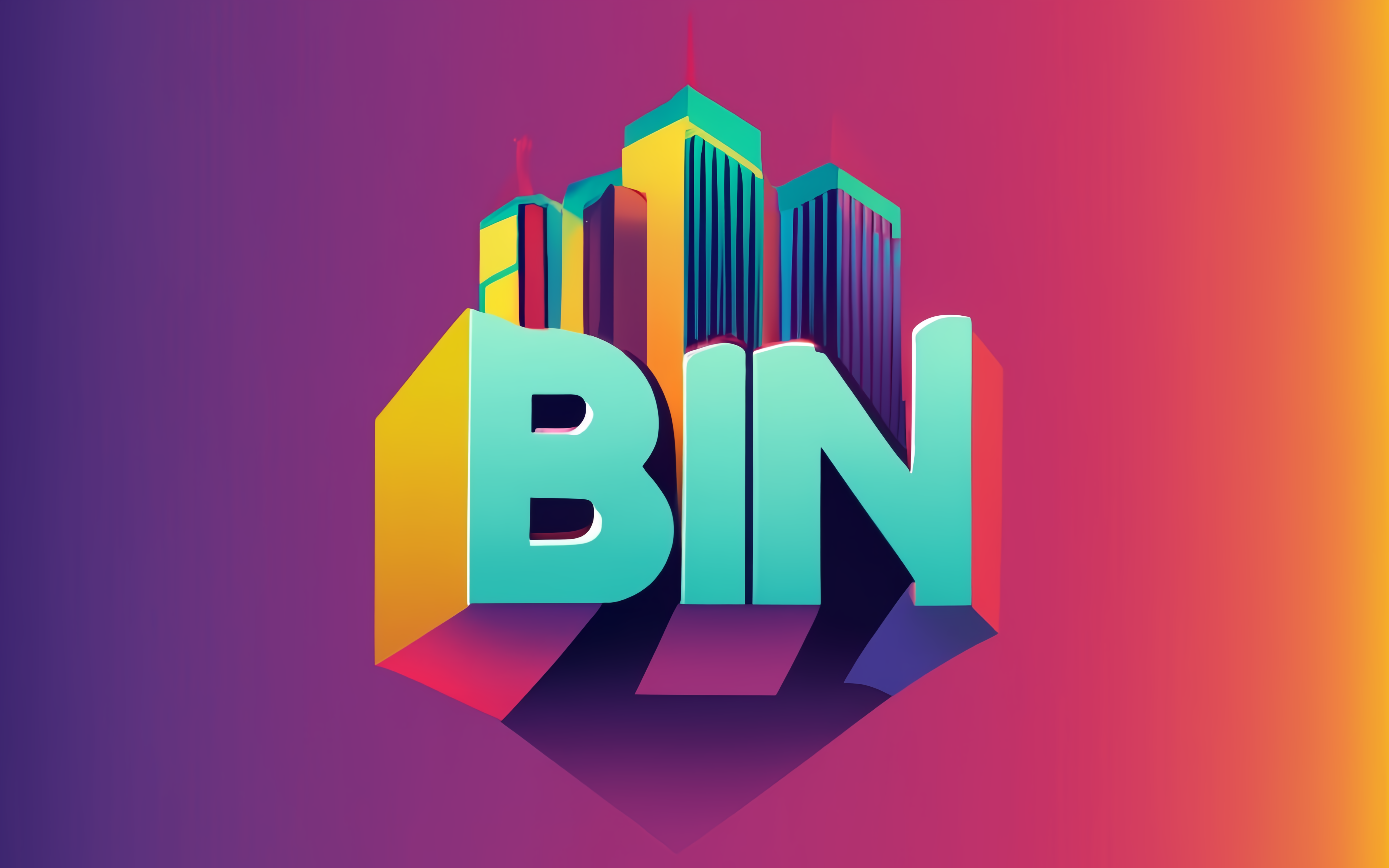A Comprehensive Guide to Understanding Swift/BIC Codes: Everything You Need to Know
SWIFT codes are essential for international transactions, serving as unique identifiers for banks and financial institutions worldwide. They ensure accurate and secure money transfers, with each code comprising 8 or 11 characters indicating the bank, country, location, and branch.
Introduction
In International Business, SWIFT codes are important for transactions. They are the identification numbers of banks and other financial institutions that ensure payments are delivered to the correct account. Individuals who wish to send or receive money from abroad would also be asked for SWIFT codes so it is important each individual or institution learns about the SWIFT codes.
In this article, you will learn all you need to know about SWIFT codes, including how to use them for transactions.
More than 11,000 global SWIFT member institutions sent an average of 44.8 million messages daily through the network in November 2022 - Investopedia
What is a SWIFT Code?
The Society for Worldwide Interbank Financial Telecommunication (SWIFT) code is a number that is used to identify banks and other financial institutions around the world. It is also called the Bank Identifier Code (BIC) and indicates what a bank is as well as its location.
SWIFT codes are used by individuals and banks to send out messages and transfer money from one bank to another.
The code aims to serve as a global digital language to perform international transactions easily and quickly. For a bank to receive the code, they have to opt into SWIFT and be a part of the network.
Who Uses SWIFT Codes?
Initially, the SWIFT network was designed to aid communication about only treasury and corresponding transactions. Over time, it expanded to provide services to Banks, Brokerage institutes and trading houses, Securities dealers, Asset management companies, Clearinghouses, Depositories, Exchanges, Corporate business houses, Treasury market participants and service providers, Individuals or businesses who wish to transfer money abroad, Foreign exchange and money brokers.
Businesses involved in International transactions may need SWIFT codes regularly as they make and receive payments from abroad. Also, individuals who send money to friends and family members living abroad would use SWIFT codes.
Does Every Bank Have a SWIFT Code?
SWIFT code is not used by all banks, but every bank can obtain a SWIFT code if they want to participate in international transactions. However, if they do not want to, then they do not need to join the network. With SWIFT, banks involved in international transactions enjoy a secure and streamlined method of transferring money.
SWIFT Code Format
A SWIFT code is made up of both numbers and letters. It is made up of 8 characters or 11 characters when the title, country, location, and branch of a bank or other financial institution are added.
The components of a swift code are:
- Bank code: Indicated by the first four letters, and represents the name of the bank.
- Country code: The next two letters after the bank code represent the country where the bank is located.
- Location code: Indicated by the next two characters and represents the location of the bank's headquarters
- Branch code: Indicated by the last three letters and represents the branch of the bank, or XXX if it's the bank's headquarters.
How do you find your SWIFT/BIC code?
To locate the SWIFT/BIC code of your bank or financial institution, check any paper or digital banking statements, or your account details on your online banking profile. You can also search for your BIC code using a digital SWIFT/BIC search tool by providing your country and bank location data or visiting your bank's website to assist you in locating the right SWIFT code for your transactions.
Is BIC Code the same as SWIFT Code?
Business Identifier Code (BIC) is assigned to all businesses. The SWIFT code is a form of BIC code posted by SWIFT and shows that the bank is part of the SWIFT network, this means they are technically not the same. However, sometimes, they are used interchangeably and have similar meanings during financial exchanges. Whenever a business is asked for its BIC code, it gives the eleven-character code assigned by SWIFT.
How are SEPA and SWIFT/BIC codes connected?
SEPA (Single Euro Payments Area) is used for the transfer of euros within the European community. Usually, when you are sending or receiving money internationally with SEPA, you would be asked to provide a SWIFT code. Generally, SWIFT codes are used for different currencies while SEPA is used for only euros.
Why was SWIFT developed?
The reasons begin the development of SWIFT codes are:
- E-commerce was growing rapidly, and businesses had to increase the speed and security of international transactions.
- SWIFT is secure for transactions regardless of the devices used and a lot of transactions occur on mobile devices.
- Through the SWIFT system, financial institutions all over the world can communicate with each other through the same regulations. This increases the efficiency and security of the system.
Do all Branches Have the Same SWIFT Code?
Different banks have different SWIFT codes. In some banks, the same SWIFT codes are used by all the branches while others give each branch a different SWIFT code. However, you can always use the SWIFT code of the head office if you do not have that of a particular branch.
SWIFT Code vs. IBAN Number
SWIFT code and IBAN are important for international money transfers but are used differently. A SWIFT code, or Bank Identifier Code (BIC), is a unique identification code made up of 8 or 11 alphanumeric characters used for the identification of banks and financial institutions all over the world. To perform the transactions correctly, you have to complete international wire transfers through the identification of the beneficiary bank and other information about the bank’s country, city, and branch.
The International Bank Account Number (IBAN) is a standard format that consists of about 34 alphanumeric characters used mainly in European countries. It is used for the identification of an individual or company's bank account to ensure the money is delivered to the correct account and it also aids International transactions within the European Union and neighboring countries except banks in the United States and Canada.
Generally, the SWIFT code is different from the IBAN as it is used for the identification of banks and financial institutions, while the IBAN is used for the identification of individual bank accounts. However, both numbers are important for international money transfers.
Challenges for SWIFT
The challenges usually encountered during SWIFT transactions are:
1. Increased Cost
Most of the transactions conducted by SWIFT clients are large and manual instruction entry cannot be effectively used. They therefore need to automate SWIFT message creation, processing, and transmission which comes with increased cost and operational overhead.
2. SWIFT and Economic Sanctions
Recently, SWIFT membership has been used multiple times as a potential economic sanction against members. For example, In 2012, the European Union passed a sanction against Iran that forced SWIFT to disconnect sanctioned Iranian banks.
Also, In 2022, Russian and Belarusian entities were disconnected from SWIFT as the EU Council Regulation (EU) 833/2014 prohibited SWIFT and other financial messaging providers from providing services to designated Russian entities and subsidiaries.
Importance of SWIFT Codes
1. Accuracy: SWIFT codes increase the accuracy of transactions by ensuring that the money is delivered to the right bank and account.
2. International transfers: SWIFT codes provide a standard method for the identification of banks globally. This makes it effective for international wire transfers.
3. Speed: SWIFT codes increase the speed of the transfer process by providing clear and accurate information about the recipient bank.
4. Security: Through the use of SWIFT codes, the bank and account of the recipient would be verified which is important for increased security.
5. Standardization: Through SWIFT codes, banks are identified through a standardized format. This increases the efficiency and security of the transfer process.
6. Global reach: Many banks from different parts of the work use SWIFT codes. This makes it important for global financial transactions.
Detecting Fraud in International Money Transfers
To learn more about how to detect fraud and abuse in international money transfers we strongly suggest taking a look at this article.
Conclusion
Security and speed are major concerns of businesses and individuals when conducting International transactions as small errors can result in big losses.
The SWIFT/BIC code is a form of identification used by banks during international payments and ensures accurate, secure, and efficient transactions.
Unlike some systems of international transactions which are limited to certain European countries, it is accepted by most countries all around the world.
Reference
What Is the SWIFT Banking System?
Understanding the SWIFT Code and Its Importance for International Transactions
Stay in the Loop: Join Our Newsletter!
Stay up-to-date with our newsletter. Be the first to know about new releases, exciting events, and insider news. Subscribe today and never miss a thing!
By subscribing to our Newsletter, you give your consent to our Privacy Policy.
Related Articles






